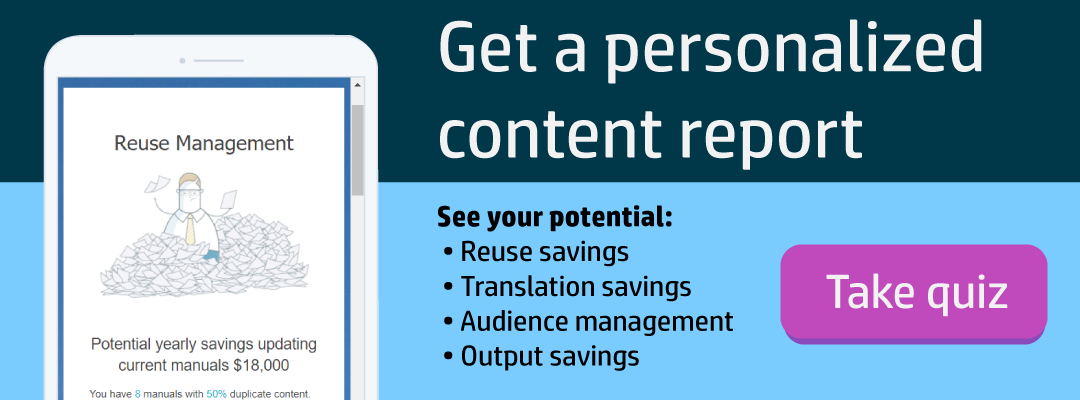Customer support is paramount to keeping your organization’s lights on.
The crossroads of customer support and cost reduction can be a fickle one. You need to maintain a delicate balance that reduces cost where it can without detracting from supporting actual customers.
This balancing act might be fickle, but content plays an important role in helping both sides of this scale.
Customers are much more likely to remain happy when they know how to use your product effectively, and content is the main purveyor of customer education. It doesn’t matter if that education is preliminary product knowledge or advanced user troubleshooting, the goal is the same: help your customers become more confident users.
This warrants a closer look at your content because you certainly don’t want your content killing customer experience, you want it to build their confidence in your product and their confidence in themselves. These are a few ways you can help them and, through that, help your organization.
Create Content That Helps Customers Help Themselves
No offense, but the last thing your customers want to do with their time is to hop on a phone call with your customer support team. It’s time-consuming and they’d prefer to find answers themselves. Not only that but the more time your CS team spends on the phone fielding questions, the more your support costs rise.
The solution lies within well-built self-help reference content. Focusing on quality reference content will be better able to help customers answer their own questions and, when support calls do get to your CS team, customer support will have equally smooth points of reference to guide users to answers.
But, what does well-built reference content look like? It’s got a couple of attributes that set it apart from the disorganized rabble of content that populates many product “help” sections.
Create Content That’s Findable (Searchable, Too)
We’ve said it plenty of times, but helpful content is findable content. Answers that exist in places that aren’t readily findable aren’t helpful! Your reference content needs to be in a place that customers know to look. This way, when they have questions, they know the exact place to start their search.
Ah, yes, search. If your reference content is easy to find, but not easily searchable, how helpful is it really? Sure, your help content might be in a central location, but people don’t want to sift through hundreds of pages of content to find the one answer they need. Enabling faceted search through thoughtful metadata and taxonomies is paramount to closing the circle on findable reference content by also making it easily searchable.
Create Content In Places They Want To Look
Finally, meet your customers where they are. Dense PDF user-manual tomes aren’t the answer and, still, they permeate lots of industries. Support content that’s in multiple places is more likely to be consumed by your customers. PDF, mobile help, documentation portal, chatbot, you name it — deploy your content to several different touchpoints because it’s been a long time since your users consumed content in only one format (or even two).
The point of all this in decreasing customer support costs boils down to your organization using content to empower its users. The more answers they can discover on their own, the better the content experience is for them. Plus, it puts time back in your hands for building value instead of fielding a never-ending barrage of questions that could’ve been easily addressed.
Content built with customer empowerment in mind is a front-end investment that pays dividends in customer appreciation, product usability, and support cost savings. Not sure where to start? Let us help you with that.
